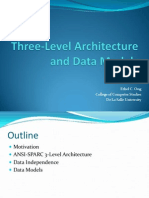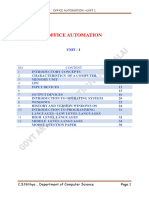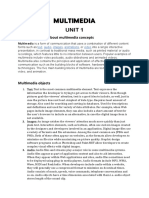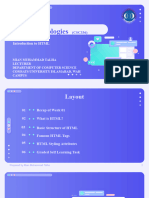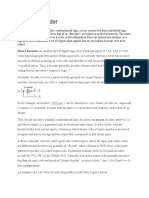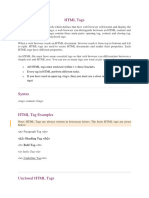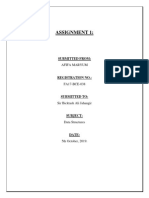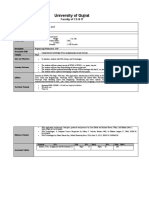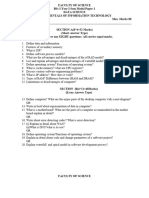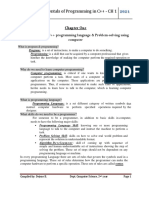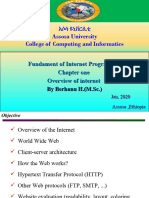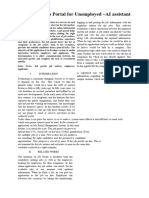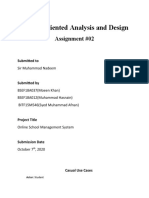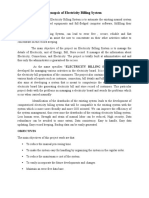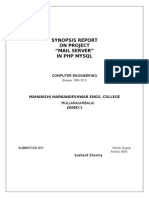0% found this document useful (0 votes)
169 views37 pagesInternet Essentials
1. The document provides an overview of the history and workings of the Internet. It describes how the Internet originated from research networks developed by the RAND Corporation and ARPA in the 1960s-1980s and has since expanded globally.
2. It explains that the Internet links computers together using common communication protocols and IP addressing, with domain names mapped to IP addresses by DNS servers. Requests are routed from clients to servers using these addresses.
3. Major Internet tools discussed include the World Wide Web, email, file transfer, Usenet, and search engines, which allow communication, information sharing, and access to online resources between connected devices worldwide.
Uploaded by
Onel Delos SantosCopyright
© © All Rights Reserved
We take content rights seriously. If you suspect this is your content, claim it here.
Available Formats
Download as PPT, PDF, TXT or read online on Scribd
0% found this document useful (0 votes)
169 views37 pagesInternet Essentials
1. The document provides an overview of the history and workings of the Internet. It describes how the Internet originated from research networks developed by the RAND Corporation and ARPA in the 1960s-1980s and has since expanded globally.
2. It explains that the Internet links computers together using common communication protocols and IP addressing, with domain names mapped to IP addresses by DNS servers. Requests are routed from clients to servers using these addresses.
3. Major Internet tools discussed include the World Wide Web, email, file transfer, Usenet, and search engines, which allow communication, information sharing, and access to online resources between connected devices worldwide.
Uploaded by
Onel Delos SantosCopyright
© © All Rights Reserved
We take content rights seriously. If you suspect this is your content, claim it here.
Available Formats
Download as PPT, PDF, TXT or read online on Scribd
/ 37

